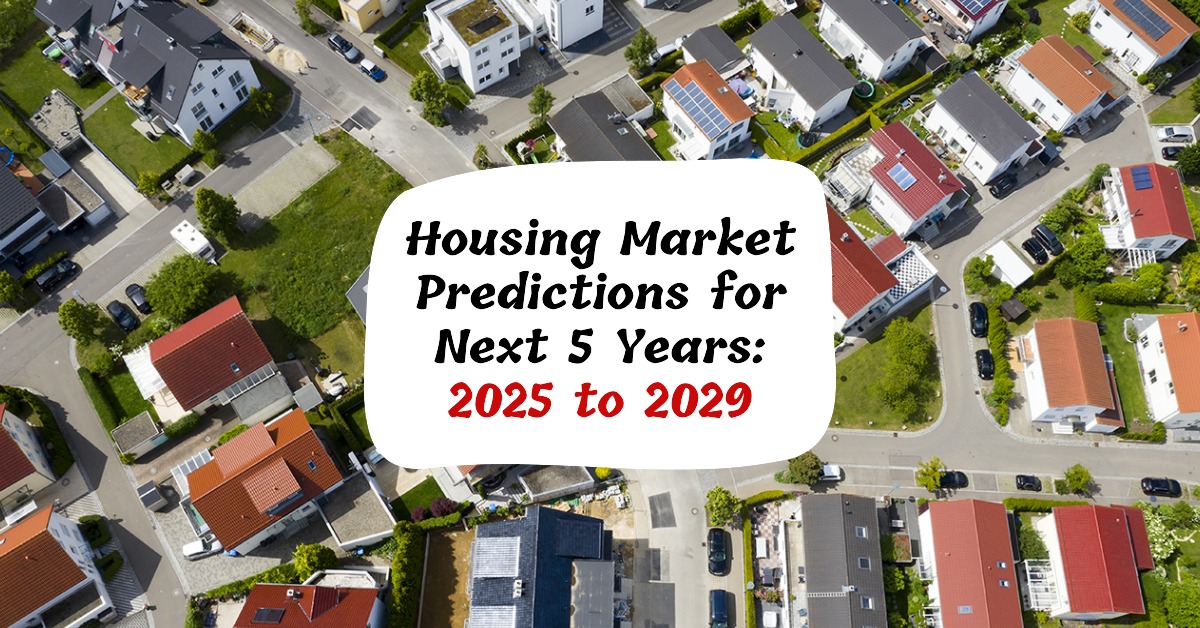
The housing market is one of the most dynamic sectors of the economy, subject to fluctuations influenced by various factors such as economic growth, interest rates, government policies, and global events. As we look toward the upcoming years leading up to 2029, understanding the future trajectory of the housing market becomes crucial for investors, homeowners, and policymakers alike. Based on recent predictions and analyses, we can paint a comprehensive picture of what to expect from 2025 through 2029, drawing insights from trusted sources such as Norada Real Estate Investments.
Current Landscape of the Housing Market
Before delving into future predictions, it’s vital to understand where the housing market stands today. Recent data indicates that housing prices have experienced significant growth over the past few years, fueled by low mortgage rates, high demand, and a limited inventory of homes for sale. However, this growth has also led to affordability concerns, especially in major metropolitan areas.
Additionally, the COVID-19 pandemic has accelerated shifts in housing preferences, with many buyers seeking larger homes with more outdoor space, often in suburban or rural areas rather than traditional urban centers. These trends are expected to have lasting impacts and influence market behavior in the coming years.
Predicted Trends in the Next Four Years (2025-2029)
According to comprehensive analyses by from Norada Real Estate Investments, the housing market is poised for several key developments:
1. Stabilization of Home Prices
After years of rapid increases, experts predict a period of stabilization in home prices starting around 2025. While prices may still grow modestly, the rate of increase is expected to slow compared to the explosive growth seen earlier. This moderation will likely alleviate some affordability pressures but may also temper investment returns for speculative buyers.
Factors contributing to this stabilization include:
- Rising interest rates due to inflation concerns and monetary policy tightening
- Enhanced housing supply from new developments and remodeling projects
- Market maturity in increasingly overheated regions
2. Interest Rate Fluctuations and Mortgage Accessibility
Interest rates are expected to remain a pivotal factor influencing the housing market through 2029. Central banks worldwide are cautious about inflation and may incrementally increase rates, which in turn will affect mortgage affordability. Higher borrowing costs might temper demand, especially among first-time buyers.
However, governments and financial institutions are exploring innovative mortgage products and policies aimed at maintaining housing accessibility, such as:
- Loan programs targeted at first-time homebuyers
- Lower down payment options
- Interest rate caps or fixed-rate mortgage promotions
3. Technological Disruption and Market Accessibility
The next few years are expected to see increased integration of technology in real estate transactions, including virtual home tours, blockchain-based transactions, and AI-driven property valuations. These innovations will streamline processes, reduce costs, and broaden access to a wider pool of potential buyers.
Real estate platforms will become more sophisticated, making it easier for buyers to identify suitable properties and for sellers to reach targeted audiences.
Regional Variations and Emerging Hotspots
While national trends provide a broad overview, regional variations are significant. Some areas, particularly in the Sun Belt states such as Florida, Texas, and Arizona, are projected to experience continued growth due to demographic shifts, economic resilience, and favorable climate conditions.
Meanwhile, some traditional markets in the Northeast and California might see slower growth or stabilization, driven by high costs and market saturation.
Emerging hotspots are likely to be characterized by affordable prices, quality of life, and economic opportunities, which will attract both investors and new residents.
Long-Term Outlook up to 2029
Looking beyond 2025, the housing market’s trajectory will depend heavily on broader economic health, policy interventions, and technological advancements. Some key predictions include:
- Sustainable Growth: A more balanced market with steady price appreciation aligning with income growth.
- Growth in Multi-Generational and Rental Housing: Increased demand for flexible living arrangements and investment properties.
- Focus on Affordability and Accessibility: Policy initiatives aimed at reducing barriers for first-time and low-income buyers.
By 2029, the housing landscape may have evolved into a more resilient, adaptable sector that balances investor interests with societal needs for affordable housing.
Impacts on Stakeholders
Understanding these trends is essential for stakeholders across the board:
- For Homebuyers: Timing your purchase to align with stabilization periods can secure better deals.
- For Investors: Identifying emerging markets and technological innovations will maximize returns.
- For Policymakers: Crafting policies that promote affordability and sustainable growth will be critical.
Conclusion
As we approach 2029, the housing market is expected to experience moderated growth, increased technological integration, regional diversification, and ongoing efforts to balance affordability with investment opportunities. While uncertainties remain, staying informed about these emerging trends will enable all stakeholders to make strategic decisions aligned with the evolving landscape.
For more updated news please keep visiting Prime News World.








